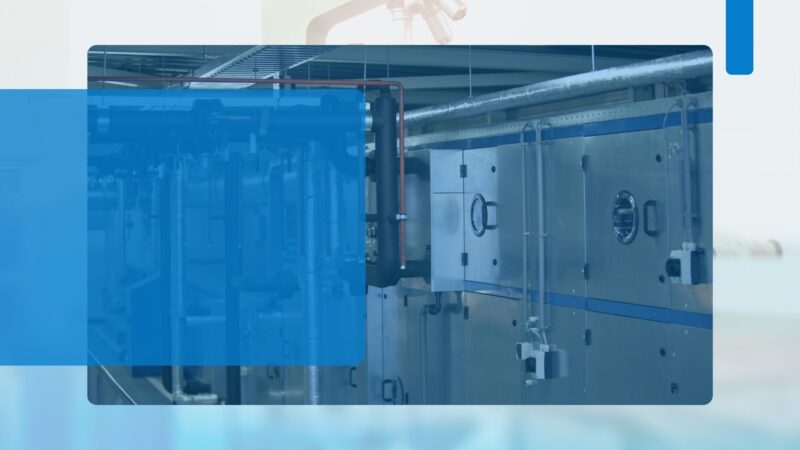Correcting Engineering Assumptions to Optimize GMP HVAC Performance
Air Handling Units (AHUs) are the backbone of environmental control in pharmaceutical facilities. Despite their critical role, several engineering myths persist—leading to inefficiencies, compliance gaps, and poor lifecycle performance.
Misconception 1: Any Commercial AHU Can Serve in Pharma Pharma-grade AHUs must meet strict requirements for HEPA filtration, pressure cascades, airflow velocity, and cleanability—not met by generic HVAC systems.
Misconception 2: Higher Air Change Rate Always Improves Cleanroom Class Excess air changes increase energy load and turbulence, and may disrupt laminarity. Optimal air patterns matter more than volume.
Misconception 3: Terminal HEPA Filters Ensure Compliance Alone Filter integrity, correct placement, and upstream air cleanliness (pre-filters, secondary filters) all determine performance.
Engineering Essentials for Pharma AHUs
- G4/F8 pre-filtration and terminal H13/H14 HEPA filters
- BMS/SCADA integration for pressure, temperature, and alarm monitoring
- Modular design with smooth internal surfaces and sloped drain pans
- Fire-rated, anti-corrosive materials and CIP/SIP compatibility (for sterile zones)
Validation and Maintenance Considerations
- DOP/PAO testing and airflow mapping (Annex 1, ISO 14644-3)
- Real-time pressure differential monitoring and alarm systems
- Filter replacement protocols and preventative maintenance logs
AHUs must be designed and validated not just for air delivery—but as integrated GMP compliance tools supporting sterility, containment, and energy-efficient cleanroom operation.






